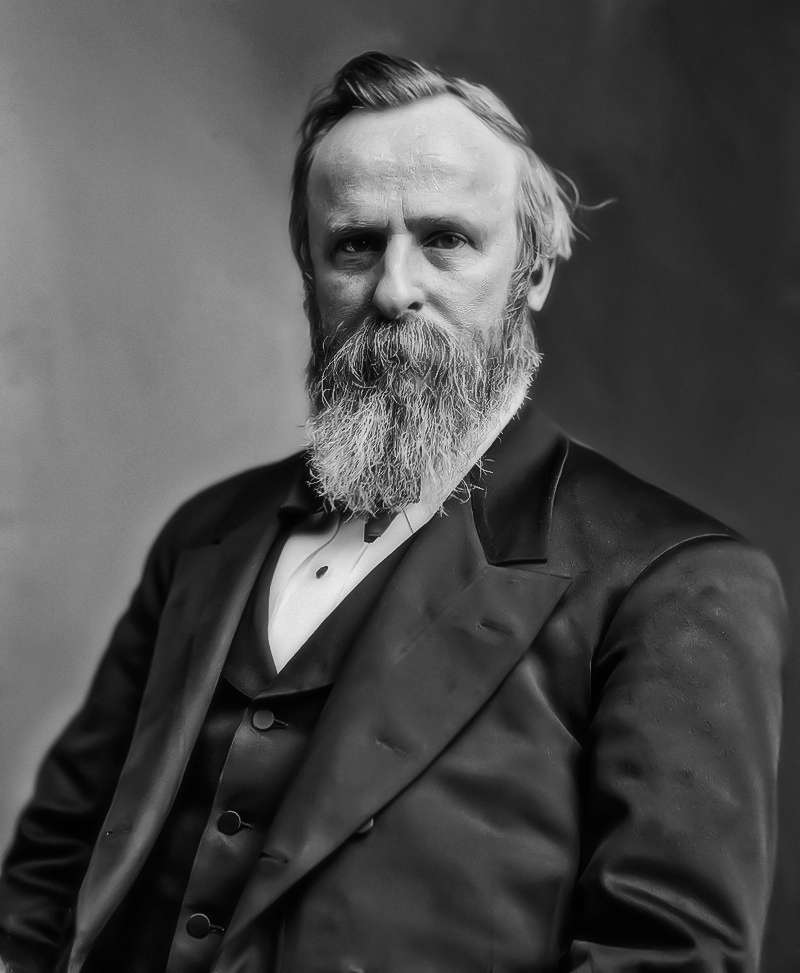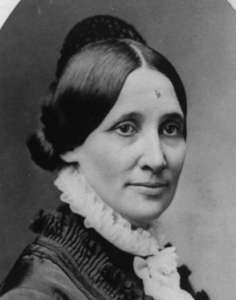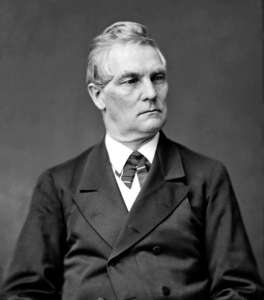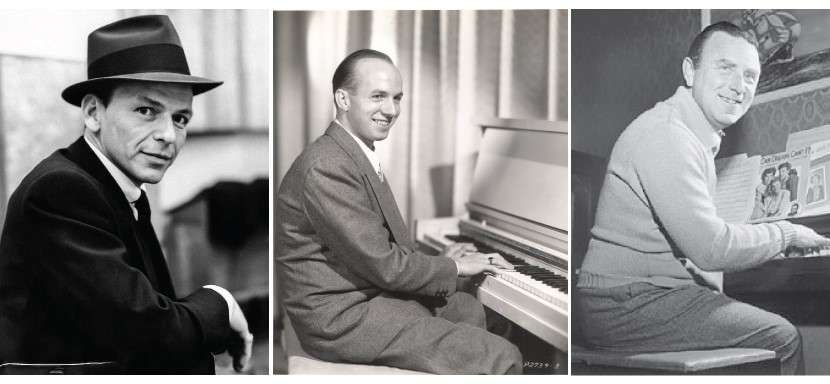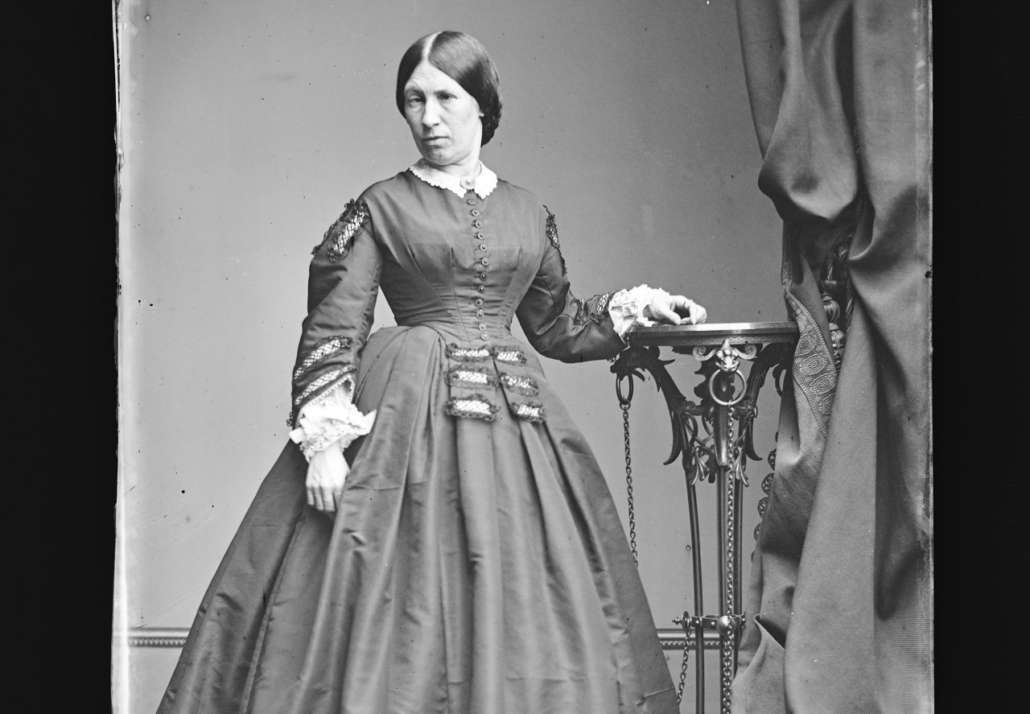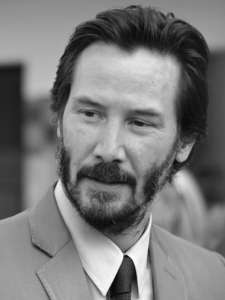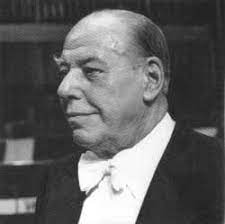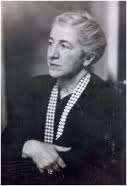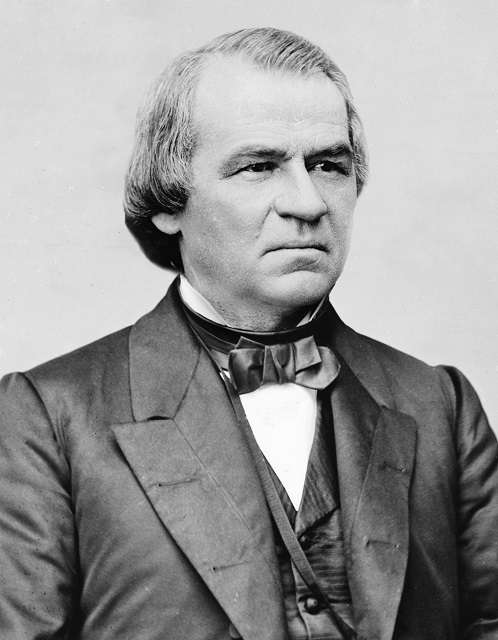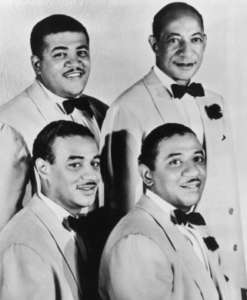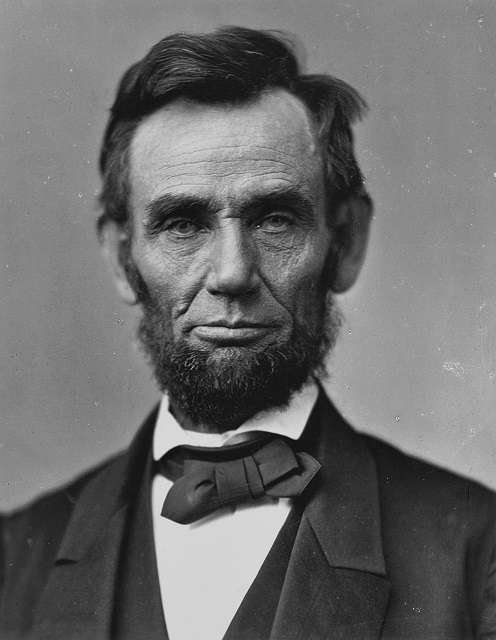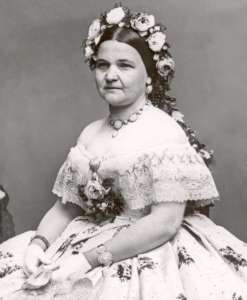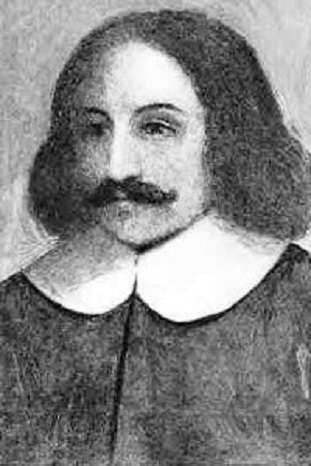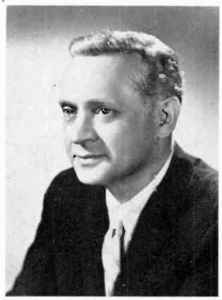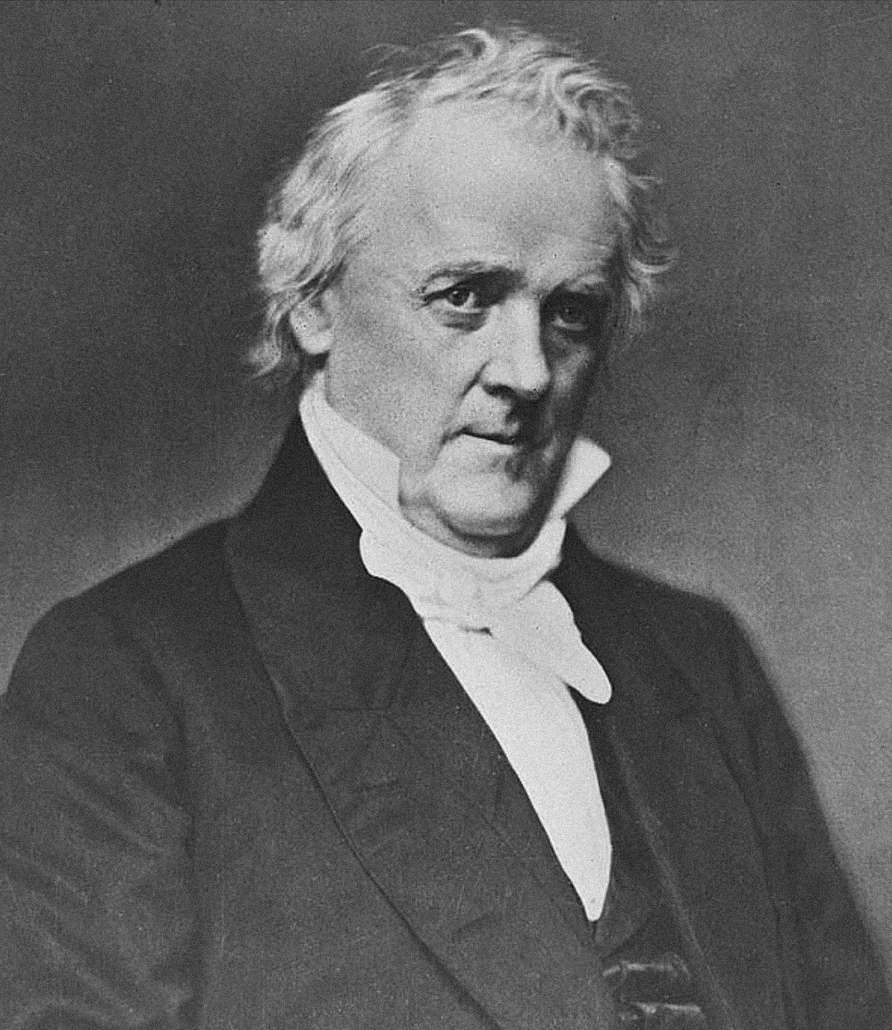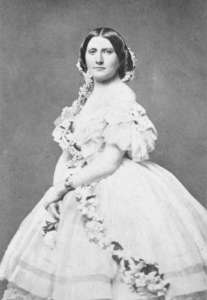REVIEW POTPOURRI – Jazz trumpeter: Woody Shaw; Actress: Inger Stevens
 by Peter Cates
by Peter Cates
Woody Shaw
Jazz trumpeter Woody Shaw (1944-1989) recorded a very fine LP, United, in 1981 for Columbia records which can also be heard via YouTube. It consists of six tracks, of which three are original compositions by Shaw and one is an imaginative reworking of the Cole Porter classic What is this Thing Called Love.
Shaw was joined by trombonist Steve Turre, pianist Mulgrew Miller, double bassist Stafford James, drummer Tony Reedus and also saxophonist Gary Bartz, each of them outstanding as soloists and as ensemble team players.
For me, some of the five or more minute jazz improvisations can get quite tiresome, Ornette Coleman being an example. Shaw’s gifts are such that the music making held my interest. Some of the most beautiful blends, dynamics and sonorities are to be heard here.
Shaw wrote that his first three choices for instruments to study in school were the violin, trombone and saxophone but they were already taken; hence, he got stuck with the trumpet. When he griped to the music teacher, the latter told him to be patient and that the older man had a good feeling about Shaw’s destiny, which proved to be true.
His major influences included Harry James, Louis Armstrong and Dizzy Gillespie.
By the late 1980s, Woody Shaw was suffering from severe kidney ailments and a degenerative eye disease, and, due to being struck by a subway car in Brooklyn, his left arm had to be amputated. He had also been a heroin addict. When he died on May 10, 1989, he had been on a respirator for more than a month due to kidney failure.
In his essay Maine Speech, E.B. White writes the following:
“If you have enough wood for winter but not enough to carry you beyond that, you need wood ‘to spring out on.’ “
Inger Stevens
Highly recommended viewing recently was the gifted actress Inger Stevens (1934-1970) in the 1960 Twilight Zone episode, The Hitchhiker and the 1967 made for TV movie The Borgia Stick, in which she and actor Don Murray (still living at 95) portray a suburban couple in New York’s Weschester County who funnel millions of dollars from a shadowy outfit known as the “Company” into legitimate businesses.
It can also be viewed on YouTube, although the quality of the video on the site I accessed was a bit below par. One hopes that a better print will be made available soon. Even so, it remains well worth watching.



